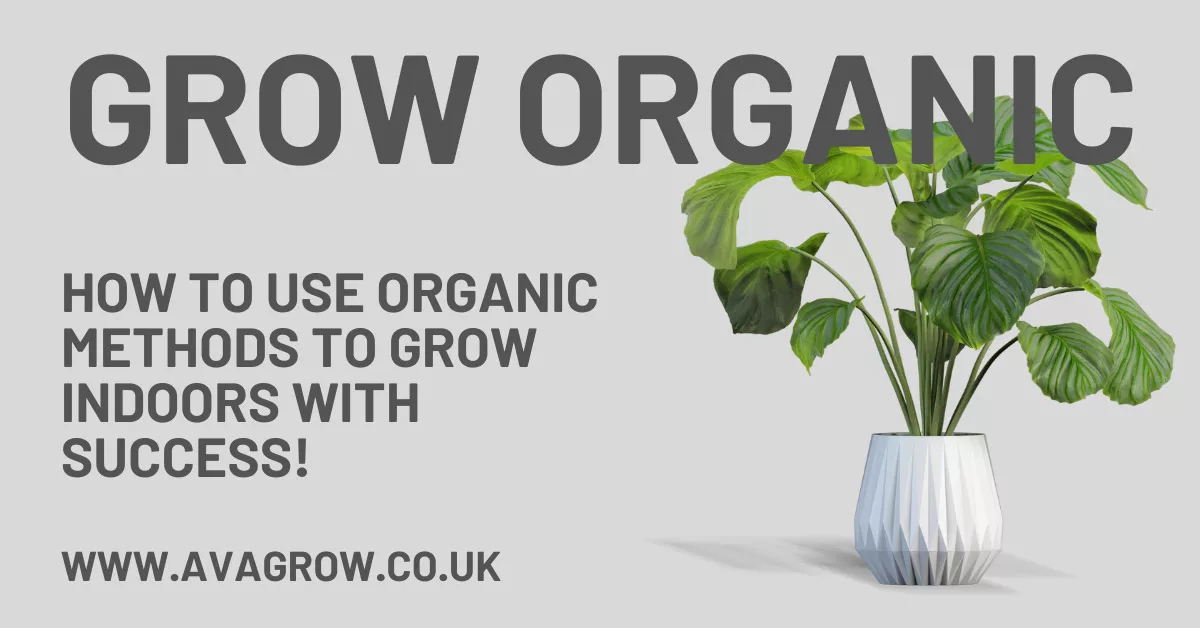How to grow the Organic way
Many of our growers have expressed an interest in how organic growing works indoors so we thought we would put together a brief guide to how organic growing works and some quick tips to help get you going!
What is Organic indoor growing?
Organic indoor growing is fundamentally different from other forms of indoor grow projects as you are allowing the plant to naturally do its thing without adding minerals and other substances which whilst helping the plant, would make it grow in an unnatural manner.
Organic growing is about providing the plant with all it will need from the soil and then letting nature take its course. The microflora in the soil breaks down a wide range of organic matter to then provide the plant with all the nutrients it needs to grow and flourish.
The three ways to grow organically
If you are keen to know more, here are 3 ways in which you can grow organically,
Traditional Organic Growing
You simply use an organic growing medium (usually soil) and an organic nutrient solution. Fundamentally it is very similar to soil growing with your choice of nutrients added to the soil. The big difference is that the soil and nutrients are biologically active and therefore you will need to be more aware of unwanted growth within the soil’s microbiome.
Living Soil Organics
This is a ‘back to basics’ approach so you will use no nutrients or minerals. You will need to use a super rich organic soil as this will provide your plant with all the nutrients it needs as it breaks down the organic matter to release the key nutrients for the plants to absorb. As with indoor or outdoor growing, the key here is to keep the soil damp to enable the microbes in the soil to break down matter.
‘No-Till’ or Hands-Off Organics
This approach has become popular in all forms of growing and is potentially the lowest maintenance as everything you need to grow will be in the pots. It does require a more detailed preparation but once set up it will become much more straightforward. Here are the key steps:
Prepare your soil mix similar to living soil organics however the quantity you use will need to increase.
Use raw organic material as a top dressing to provide a food source for the microbes.
Add a mulch to the top of the soil for another layer of nutrition and to help stop the soil from drying out.
Add worms, yes worms, to your pot to help break down all the nutrients for the microbes to go to work on!
Water to keep moisture in but use much less than in other forms of indoor growing as the soil should retain a lot of its moisture.
Once you harvest, re-use the same soil! The beauty of this process is that all the leftovers of the plants go back into the soil to be broken down and used again for more nutrients.
You can potentially use the same soil for many years as long as you keep the moisture and nutrient levels naturally to the correct levels.
Across all 3 versions of organic growing, a few points are useful to take into consideration:
Quality of soil is key, the better the soil, the better the yield. Also, try and avoid any harsh chemicals or chlorinated water as these can all negatively impact the microbes.
We hope you enjoyed our brief guide to organic growing. If you would like to give organic growing a go then we have all the grow kit you need to get up and running! If you have any questions then please drop by our store or give us a call on 01634787227.



